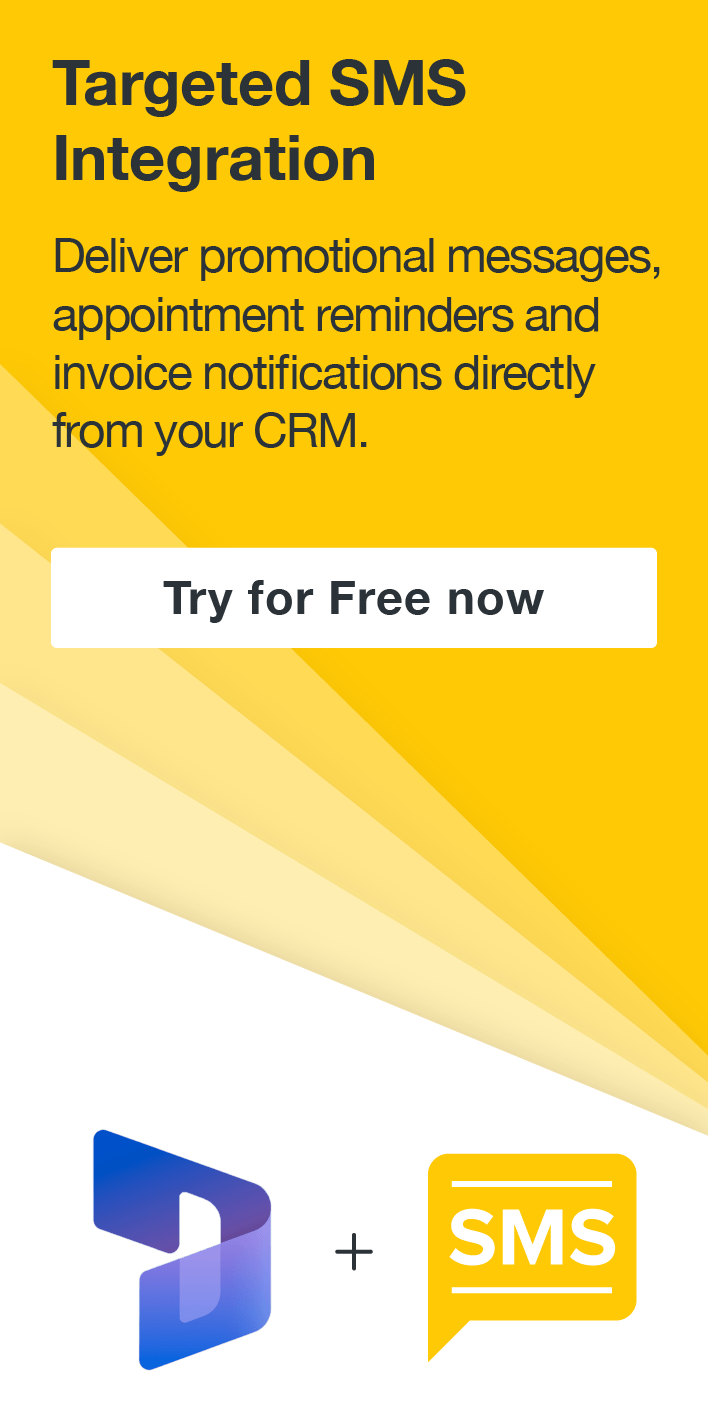Download and Install Unified Service Desk
Roshan Mehta, 30 November 2014
I have previously taken you through an overview of Unified Service Desk for Microsoft Dynamics CRM. In today’s blog post, we’ll see how easy it is to download and install Unified Service Desk for Microsoft Dynamics CRM 2013.
Downloading Unified Service Desk
Unified Service Desk is free to download from the Microsoft Download Center. However, it is important to ensure that you have all of the prerequisite software installed before installing Unified Service Desk. A list of software prerequisites can be found here. Pay special attention to the setup of Windows Identity Foundation 3.5 for different operating systems.
Clicking on the Download button will show the following options.
.png)
You will want to select the CRM2013-6.1.1-USD-PackageDeployer.exe and one of the UnifiedServiceDesk-<version>.exe files. The one you select depends on your operating system.
Installing Unified Service Desk
The installation of Unified Service Desk consists of two parts.
1. Run the PackageDeployer tool to install USD components into your CRM system2. Run UnifiedServiceDesk-<version>.exe to install the USD client on your machine
The PackageDeployer tool automatically installs solution components in your CRM system to run Unified Service Desk such as entities and security roles. Two security roles are provided – one of which allows USD administrators to configure USD while the other is necessary for service agents to run the USD desktop client. Note that no privileges are automatically granted to any of the core CRM entities such as Account, Contact, Case etc. You will need to manage these privileges yourself.
Run the PackageDeployer executable and accept the license agreement. Extract the files to a location on your machine.
.png)
When the extraction has completed, the Package Deployer application should launch automatically. If it doesn’t, navigate to the folder where you extracted the files and double-click on PackageDeployer.exe.
Click Continue on the main screen and then enter the details of the system where you wish to install the USD components. You can choose to connect to an on-premise, hosted or online deployment of CRM. Make sure you select Display a list of available organizations so you can choose the exact instance of CRM and then click on Login.
.png)
A list of CRM organizations will be displayed. Select the organization and then click on Login.
.png)
The next screen asks you which USD package you want to install. You can choose to install the “Base” package which includes minimal configuration for USD or else you can choose one of the other packages. These sample packages are useful in understanding the core concepts of the USD framework, and allow you to get up and running quickly.
I am going to select the “Base” package for this example.
.png)
The next few screens shows a welcome page with a reminder of the software prerequisites for USD as well as a confirmation screen. Continue through the wizard to complete the installation.
Now that the USD components are installed in CRM, we can install the USD desktop client. Run the UnifiedServiceDesk-<version>.exe file and extract the files to your machine. Again the installation should run automatically. Note that .NET Framework 4.5.2 is required.
The installation wizard for the Unified Service Desk desktop application is very straightforward and simply asks where you want to install the program files and also if you wish to create a shortcut on your desktop.
In my next post, we will take a look at how to get started with configuring Unified Service Desk with Microsoft Dynamics CRM 2013.

